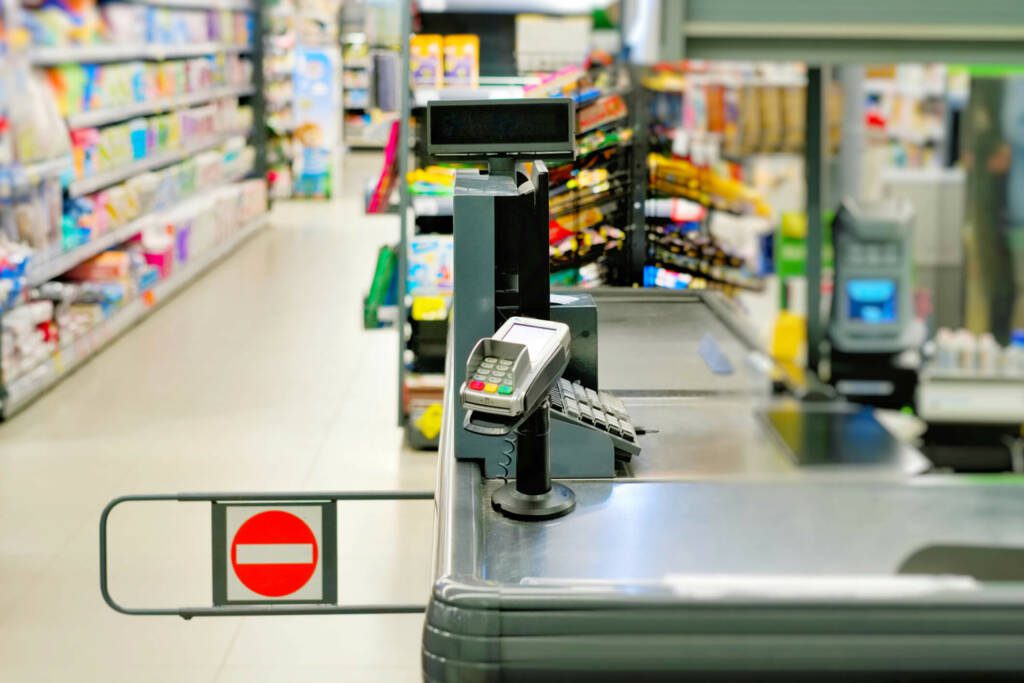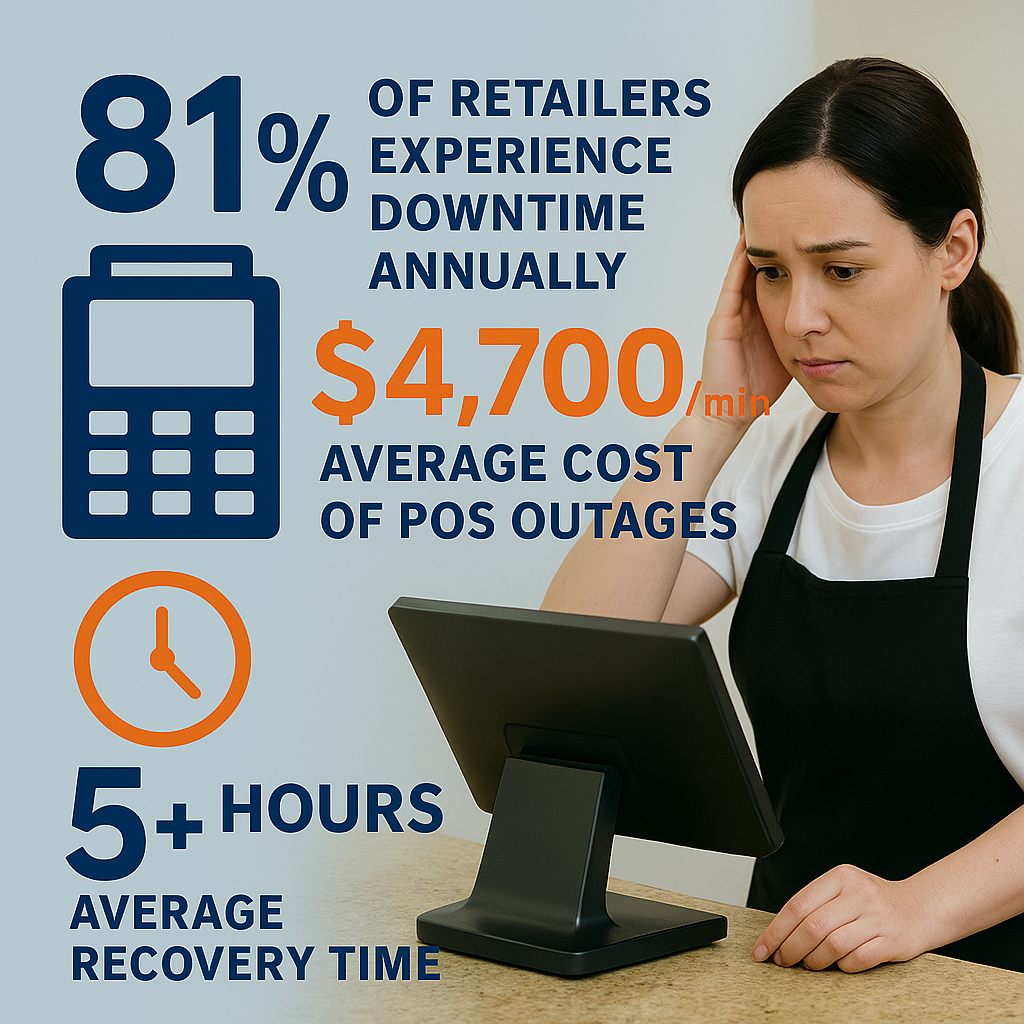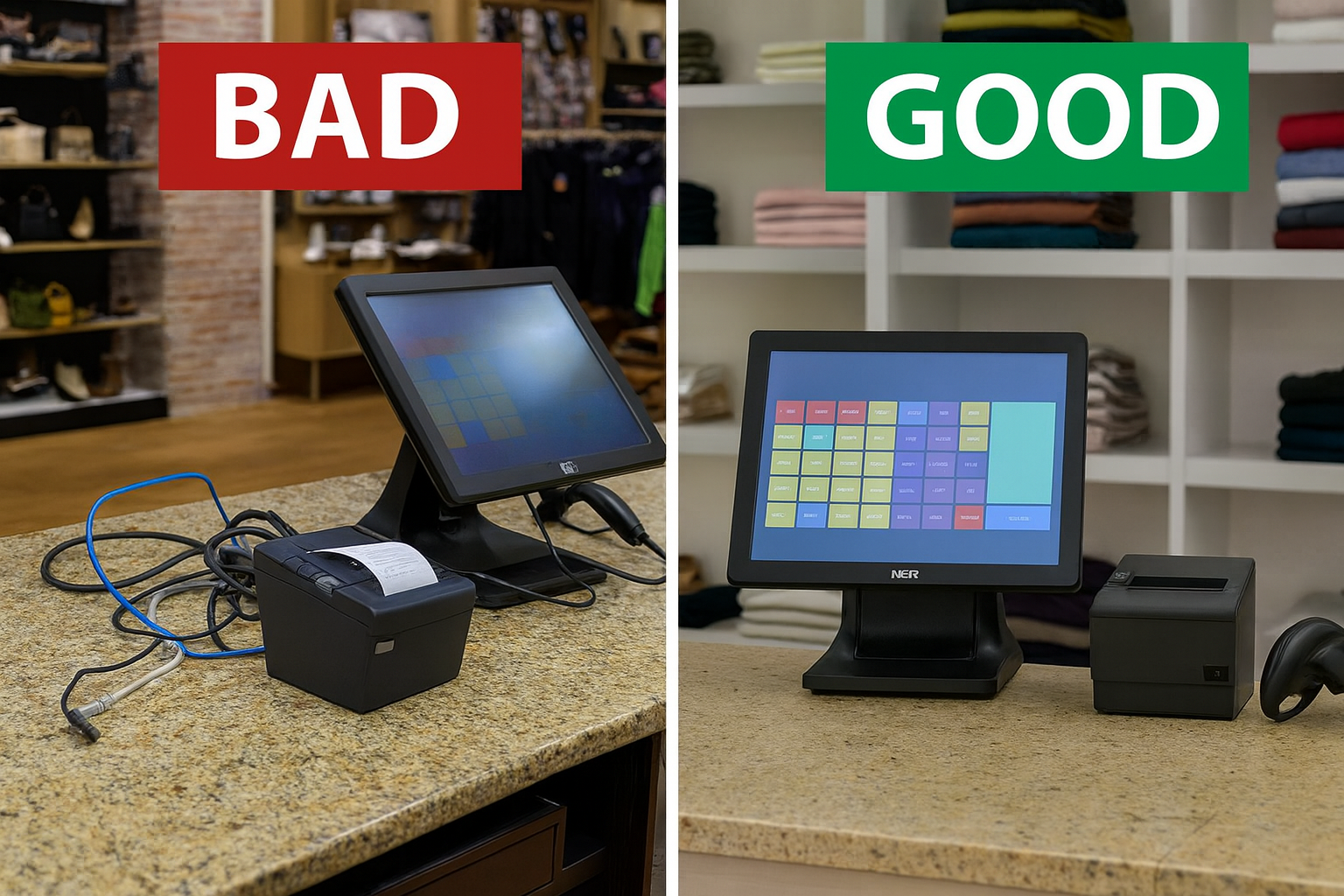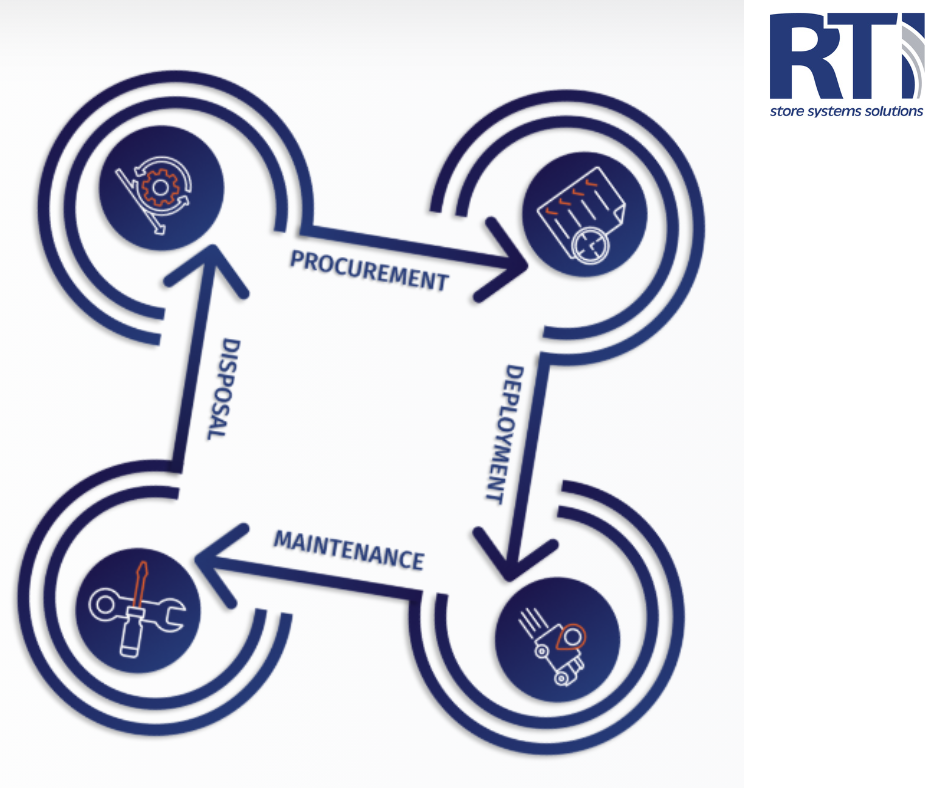Beyond the Hardware: Why Installation Quality Determines Your Retail Technology ROI
The retail industry has no shortage of advanced technology solutions. From AI-powered video analytics and operational intelligence platforms to point-of-sale systems and self-checkout kiosks, retailers are investing heavily in infrastructure designed to improve safety, reduce loss, streamline operations, and enhance customer experience. Yet even the most sophisticated technology—whether it's a security camera, a POS terminal, or network infrastructure—is only as good as its deployment, maintenance, and uptime.
What's often missing isn't better hardware or smarter software. It's the service infrastructure to support it all reliably—at scale, across hundreds or thousands of locations, with consistent accountability and enforceable service level agreements.
That gap is where technology investments fail. And it's a gap that the right service partner can close.

The Cost of the Wrong Installer
When retailers deploy technology without a reliable installation and service partner, the consequences compound quickly across every system. According to industry research, 98% of IT and operations managers report having dealt with store system failure—a reality that affects security cameras, POS terminals, network infrastructure, and self-checkout kiosks alike. Security cameras are installed incorrectly, creating blind spots that undermine video analytics and loss prevention efforts. POS terminals are misconfigured, causing transaction delays and frustrating checkout experiences. Network cabling is done poorly, resulting in intermittent connectivity issues that affect everything from inventory management systems to customer-facing displays. Self-checkout kiosks fail to integrate properly with backend systems, leading to operational inefficiencies and increased customer friction.
Systems go offline, and there's no clear escalation path or accountability for restoration. Research shows that 81% of retailers experience downtime at least once a year, with the average recovery time exceeding five hours—time during which operations are disrupted, sales are lost, and customer trust erodes. Maintenance becomes reactive instead of proactive—technicians show up only after problems arise, extending downtime and creating gaps that impact both operations and customer experience.

Worse, inconsistent service across locations means that a flagship store might receive white-glove treatment while smaller locations are left waiting days for support. Without enforceable SLAs, there's no recourse when response times slip or issues go unresolved. The result: expensive technology that doesn't deliver ROI, frustrated teams managing multiple vendors and service calls, and operational blind spots that leave vulnerabilities unaddressed across your entire technology stack.
For loss prevention, IT, and operations leaders, this isn't just inconvenient—it's costly. POS outages alone cost the average retailer $4,700 per minute, or $282,000 per hour. Every hour of camera downtime is lost visibility into theft or safety incidents. Every misconfigured POS system is wasted budget and slower transactions. Every network issue cascades across integrated systems, multiplying the impact. Every delayed service call is a potential problem that goes undetected or unresolved. The technology may be cutting-edge, but without proper installation and ongoing support, it becomes a liability rather than an asset.
What a Good Service Partner Looks Like
A strong installation and service partner does more than show up on time. They bring:
Nationwide reach with local accountability — ensuring consistent service quality whether you're deploying security cameras, POS systems, network infrastructure, or self-checkout kiosks to 5 locations or 5,000, with technicians who understand regional needs and can respond quickly across all technology systems.
Proactive maintenance protocols — preventing issues before they cause downtime through regular system health checks, firmware updates, and performance optimization across your entire technology stack—not just reacting after cameras go offline or POS terminals fail.
Enforceable SLAs — with clear response times, escalation paths, and accountability mechanisms when things go wrong, whether it's a security system issue, network outage, or checkout equipment failure. Service level agreements should protect both system performance and budget predictability.
Technical expertise across platforms — able to install, integrate, troubleshoot, and optimize retail technology infrastructure from multiple vendors, ensuring compatibility and performance whether they're working with video analytics platforms, point-of-sale hardware, network cabling, or integrated operational systems.
Single point of contact — reducing vendor management overhead and simplifying communication across your entire technology footprint, so you're not juggling multiple contractors for cameras, POS systems, network issues, and other infrastructure needs with varying levels of responsiveness.

The right partner doesn't just install equipment—they become an extension of your operational strategy, ensuring that technology investments translate into measurable outcomes: reduced shrink, improved safety, faster transactions, predictable uptime, and actionable intelligence that drives better business decisions.
Retail Security at Scale: A Real-World Example
In 2024, Retail Tech Inc. (RTI) completed over 15,000 unique store installs and handled more than 40,000 work orders across 10,000+ retail locations throughout North America. Those numbers reflect what's possible when intelligent security technology is paired with a service partner built for scale. RTI's nationwide deployment capabilities, proactive maintenance approach, and enforceable SLAs ensure that i3's AI-powered platforms—from intelligent cameras to analytics tools like i3Ai Sentry—stay operational, optimized, and delivering value across every location. When a system needs reconfiguration, when a camera goes offline, or when a retailer scales to hundreds of new sites, RTI's field technicians are equipped to handle it with consistency and accountability. For retailers, this approach delivers predictable uptime, faster incident resolution, and confidence that their security infrastructure will perform as expected—no matter how many locations they operate.

The Bottom Line
Technology alone doesn't secure retail operations or optimize customer experience. Deployment quality, ongoing maintenance, and service accountability matter just as much as the platforms themselves—whether you're implementing video analytics, POS systems, network infrastructure, or operational intelligence tools. Retailers who invest in both—advanced technology solutions and service partners who can support them reliably at scale—see measurably better outcomes: less downtime, stronger ROI, and operations teams that can focus on insights and strategy instead of infrastructure management and vendor coordination.
The smartest camera, most advanced POS system, or most sophisticated analytics platform won't deliver value if it's installed poorly, maintained reactively, or supported inconsistently. The right technology paired with the right service partner isn't a luxury. It's a requirement.
